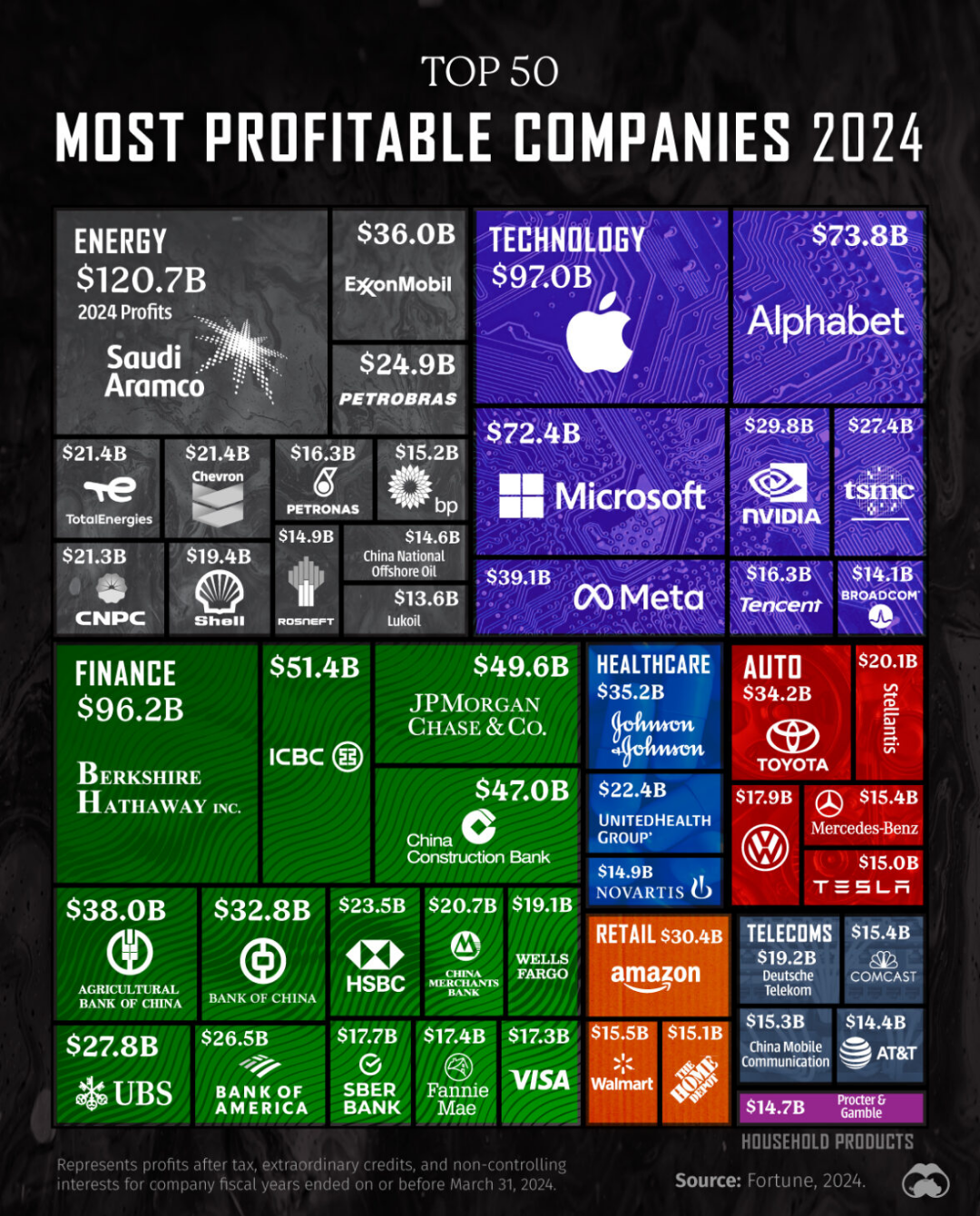Is your communication strategy failing to make an impact?
Discover the secret to transforming your interactions with The Six Pillars of Communication for Success.
Effective communication isn't just about exchanging words—it's about understanding, connecting, and achieving your goals.
By mastering these six essential elements, you can overcome common barriers like language differences and geographic challenges, ensuring that your message is clear and compelling.
Ready to elevate your communication game and achieve unprecedented success?
Let's dive in and uncover how you can start implementing these pillars today.
The Purpose of Communication
Having a clear purpose is essential for effective communication. Defined objectives ensure that the message is targeted, relevant, and engaging. When objectives are well-articulated, it becomes easier to address the specific situation and achieve communication goals. Without a clear purpose, messages can become muddled, leading to confusion and inefficiency.
Common barriers can hinder communication when the purpose is ambiguous. These barriers include language differences, wide geographic locations, and inconsistent data and procedures. Language differences can lead to misunderstandings, while geographic dispersion can make real-time communication challenging. Inconsistent data and procedures can further complicate the delivery of a coherent message.
5 tips for defining a clear purpose in communication:
- Identify the main objective: Clearly state what you aim to achieve with your communication.
- Know your audience: Understand who you are communicating with to tailor your message appropriately.
- Choose the right medium: Select the most effective channel to convey your message.
- Be concise and specific: Avoid unnecessary details and focus on the core message.
- Provide supporting information: Ensure your message is backed by relevant data or examples.
By defining a clear purpose, communication becomes more structured and effective. This clarity helps in addressing the situation appropriately and achieving the desired outcomes. When everyone involved understands the objectives, the likelihood of miscommunication decreases. This leads to more productive interactions and the successful attainment of communication goals.
Understanding Your Audience
The diversity in modern workplaces is constantly increasing. With employees and managers coming from various backgrounds, understanding this diversity is crucial for effective communication. Businesses now operate in a global environment, where cross-cultural communication is more important than ever. Recognizing and respecting these differences can foster a more inclusive and productive work environment.
Audience analysis is key to tailoring communication effectively. This involves understanding the audience's customs, values, attitudes, knowledge, language, and beliefs. By conducting thorough audience analysis, communicators can craft messages that resonate more deeply with their intended recipients. This process includes gathering demographic data, analyzing psychographic profiles, and considering the specific needs and preferences of the audience. Tailoring communication in this manner ensures that the message is both relevant and engaging.
Cultural Sensitivity
Cultural awareness is essential to avoid misunderstandings in communication. Being culturally sensitive means recognizing and respecting the diverse backgrounds of your audience. This involves understanding cultural norms, practices, and potential taboos. By demonstrating cultural awareness, communicators can avoid inadvertently offending or alienating their audience. This not only enhances the effectiveness of the communication but also builds trust and rapport with the audience.
Avoiding bias is a critical component of understanding your audience. It is important to consider the audience as individuals and avoid making assumptions based on stereotypes. Localizing content to specific groups can demonstrate sensitivity to diversity and ensure that the message is inclusive. By avoiding bias, communicators can create a more equitable and respectful dialogue, which is essential for fostering a positive and collaborative environment.
Utilizing Appropriate Resources
Messages can be transmitted through various communication channels. These include face-to-face meetings, memos, letters, social media, webinars, and teleconferences. Each channel has its strengths and weaknesses, making it crucial to select the appropriate one based on the context and audience. Face-to-face meetings, for example, are ideal for detailed discussions and immediate feedback, while social media is excellent for broad, real-time engagement.
Evaluating the effectiveness of different communication channels is essential. This involves considering the audience's location, access to communication channels, and the nature of the message. For instance, webinars can reach a geographically dispersed audience and are suitable for educational content. In contrast, memos and letters are more formal and are often used for official announcements. By understanding the unique attributes of each channel, communicators can choose the most effective medium to ensure their message is received and understood.
Technology plays a pivotal role in modern communication. It increases efficiency, prevents communication errors, and expedites information transmission. Digital tools such as video conferencing software, project management platforms, and instant messaging apps have revolutionized how information is shared within organizations. These tools not only facilitate real-time communication but also provide records that can be referenced later, thus enhancing clarity and accountability.
| Resource Type | Use | Effectiveness |
|——————|———————————–|———————————–|
| Face-to-face | Detailed discussions, immediate feedback | High for personal and complex interactions |
| Social Media | Broad, real-time engagement | High for wide reach and engagement |
| Webinars | Educational content, large audiences | High for dispersed audiences |
| Memos | Formal announcements | Moderate for official communication |
Maintaining Ethical Standards in Communication
Ethical behavior in communication is crucial for maintaining trust and integrity within any organization. Many businesses incorporate ethics into their mission statements to emphasize the importance of honesty and transparency. Ethical communication ensures that all interactions are conducted with respect, fairness, and accountability, which fosters a positive organizational culture and strengthens stakeholder relationships.
Common ethical pitfalls in business communication include lying, making false claims, and stretching the truth. These actions can lead to significant consequences such as loss of credibility, legal repercussions, and damaged relationships. Ethical communication is especially critical when dealing with conflicts of interest, business operations, and disclosing sensitive information. Missteps in these areas can erode trust and have long-lasting negative impacts on a company's reputation.
5 best practices for ethical communication:
- Be honest and transparent: Always provide accurate and truthful information.
- Respect confidentiality: Protect sensitive information and share it only with authorized individuals.
- Avoid conflicts of interest: Disclose any potential conflicts and act in the best interest of the organization.
- Use clear and precise language: Avoid ambiguous language that could be misleading.
- Adhere to company policies and legal requirements: Ensure all communication complies with organizational guidelines and relevant laws.
Maintaining ethical standards in communication is not just about following rules; it's about building a foundation of trust and integrity. By adhering to ethical practices, organizations can prevent misunderstandings and conflicts, ensuring that all parties involved feel respected and valued. This commitment to ethical communication ultimately contributes to a more harmonious and successful business environment.
Enhancing Collaboration Through Communication
Teamwork is essential for business success. Effective communication is the backbone of any successful team, ensuring that all members are aligned and working towards common goals. Cross-functional teamwork, which involves multiple departments and disciplines, is particularly crucial. When communication is clear and consistent, it fosters a collaborative environment where ideas can be freely exchanged, and collective problem-solving is encouraged.
Collaborative projects are a staple in many organizations. These projects often include tasks such as creating sales proposals, developing employee manuals, drafting training handbooks, designing websites, producing marketing materials, and compiling financial reports. Each of these projects requires input from various team members, each bringing their unique expertise to the table. Effective communication ensures that all contributions are integrated seamlessly, leading to a cohesive final product. However, managing such diverse inputs can be challenging. Teams must establish clear communication strategies to ensure that everyone stays on the same page and that project milestones are met.
Managing communication within teams is vital for efficiency. Not all team members contribute equally, which can create a toxic environment if not addressed. Clear communication helps in setting expectations, assigning responsibilities, and providing feedback. Regular check-ins and updates can help identify any issues early on, allowing for timely interventions. By fostering an open and transparent communication culture, teams can ensure that all members are engaged and contributing effectively.
5 tips for improving communication in collaborative projects:
- Set clear objectives: Define the project goals and individual responsibilities from the outset.
- Use collaborative tools: Leverage project management and communication platforms to keep everyone aligned.
- Schedule regular updates: Hold frequent meetings to discuss progress and address any challenges.
- Encourage open dialogue: Create an environment where team members feel comfortable sharing ideas and feedback.
- Provide constructive feedback: Offer timely and specific feedback to help team members improve and stay motivated.
Ensuring Security in Communication
Protecting sensitive data is essential to prevent corporate crime, fraud, theft, insider trading, and ethical breaches. Poor data protection can expose organizations to significant risks, including financial losses and reputational damage. In the last year alone, Americans lost $15.4 million to organized crime and $525 million due to negligence. These staggering figures underscore the critical need for robust communication security measures.
Misuse of information can destroy a business's reputation and lead to legal and social scrutiny. When sensitive data is compromised, it can result in severe consequences such as legal action, loss of customer trust, and negative media coverage. The long-term impacts of such breaches can be devastating, affecting not only the financial health of the organization but also its standing in the market.
5 best practices for ensuring secure communication:
- Encrypt sensitive data: Use strong encryption methods to protect data during transmission and storage.
- Implement access controls: Restrict access to sensitive information to authorized personnel only.
- Regularly update security protocols: Keep security measures up-to-date to defend against emerging threats.
- Conduct regular audits: Perform routine security audits to identify and address vulnerabilities.
- Educate employees: Train staff on the importance of data security and best practices for maintaining it.
Maintaining secure communication protocols is pivotal for safeguarding both financial and reputational assets. By implementing best practices such as data encryption, access controls, and regular security audits, organizations can mitigate the risks associated with data breaches. Educating employees on the importance of data protection further strengthens the overall security posture, ensuring that sensitive information remains confidential and secure.
Final Words
Effective communication is vital for achieving clear objectives, understanding your audience, and utilizing the right resources.
By emphasizing communication ethics and enhancing collaboration, businesses can foster a more productive and ethical environment.
Securing communication channels ensures data protection and upholds your organization's integrity.
In implementing The Six Pillars of Communication, businesses can navigate common barriers and positively impact their operations.
By following these guidelines, companies can improve their communication strategies and achieve better overall outcomes.



